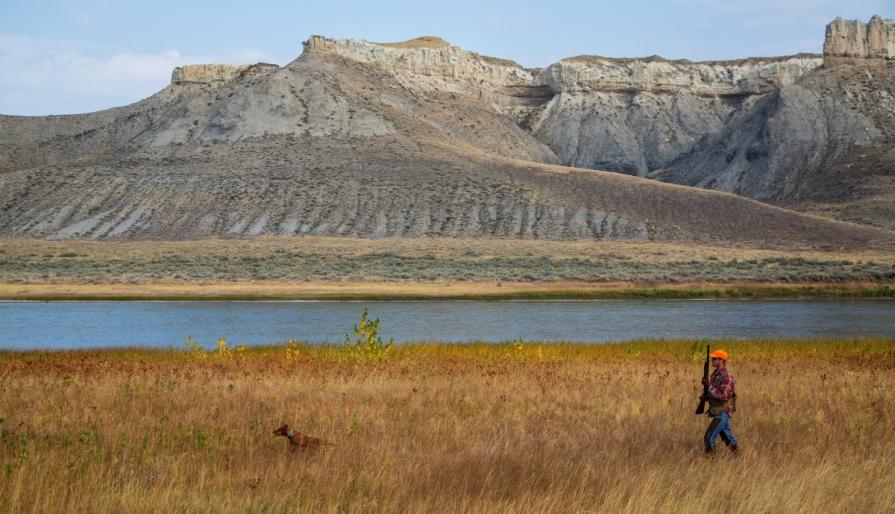We are launching a new, modernized NEPA Register application in January. This means our BLM National NEPA Register site and all links to NEPA projects will not work during the planned Jan 16-19 outage. Please check back on Jan 20 to view the new application.
